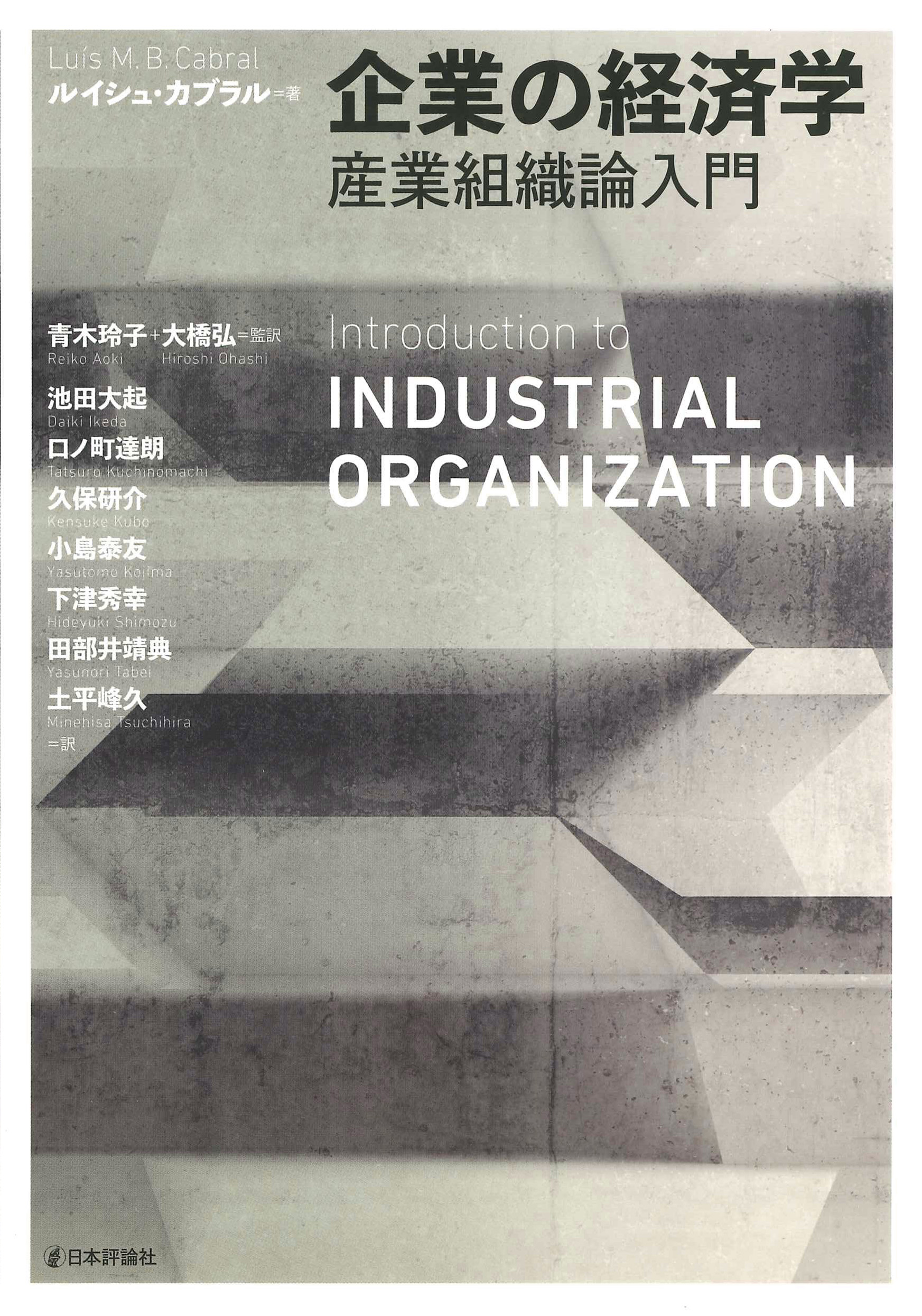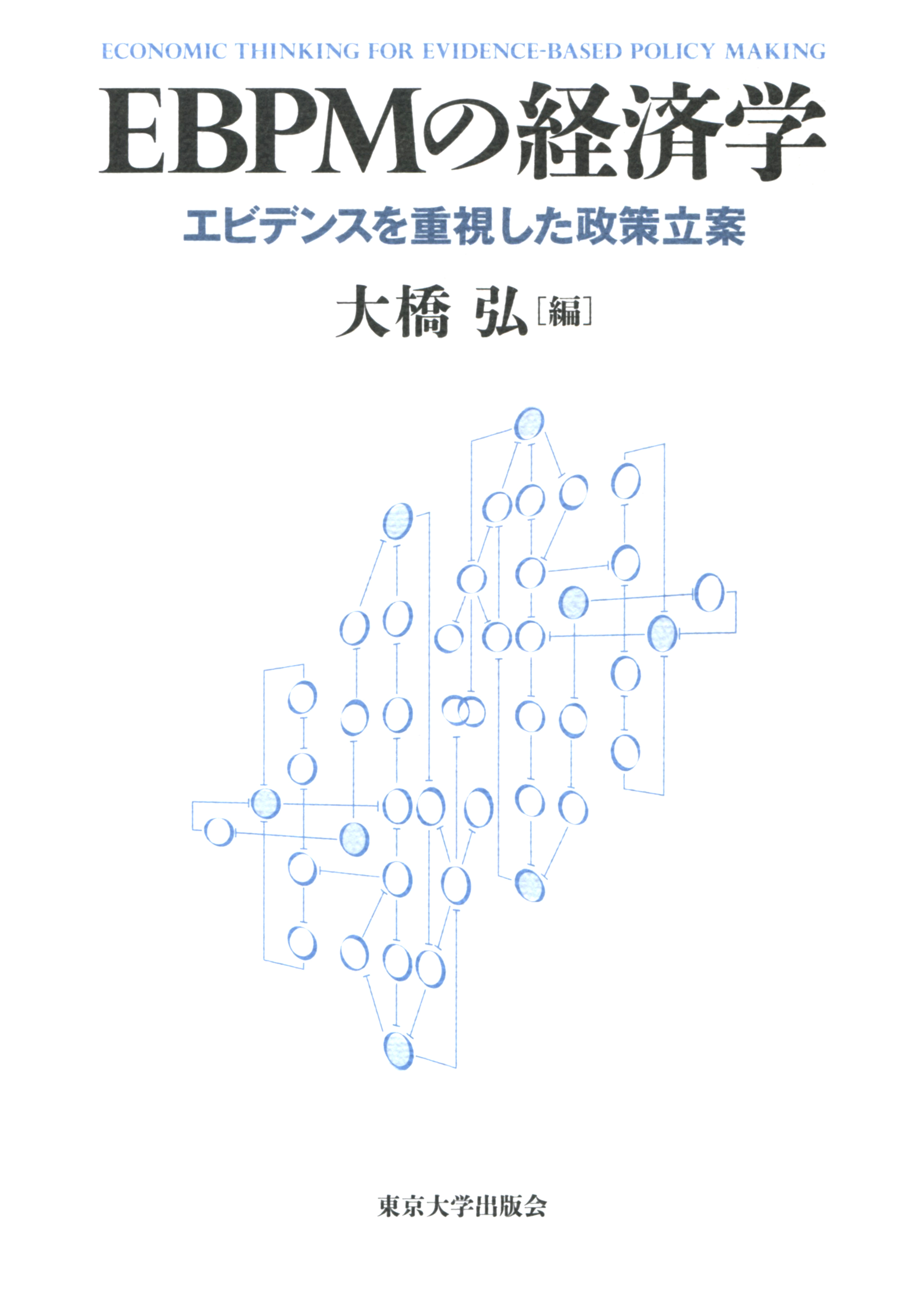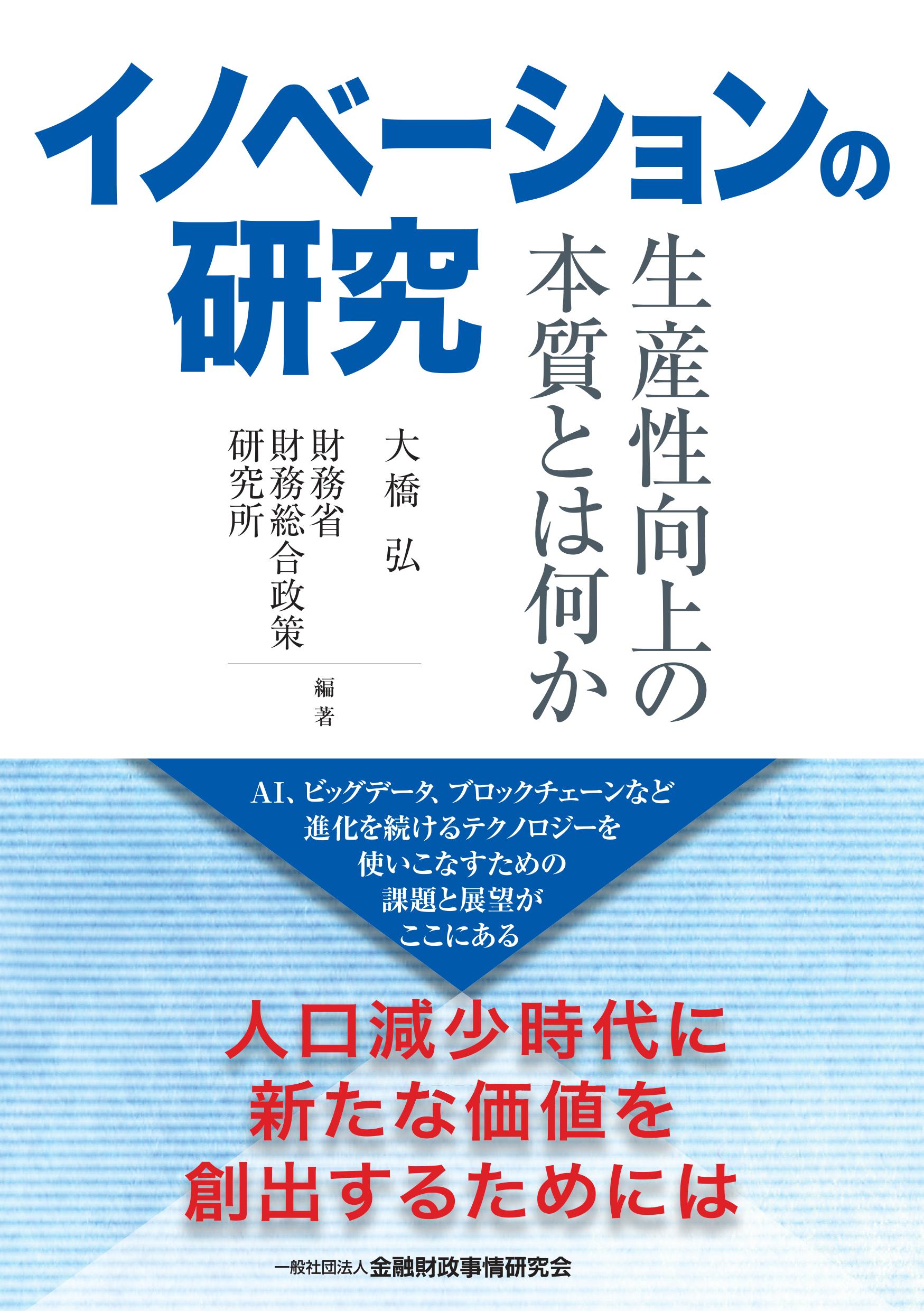
Title
Kyouso Seisaku no Keizaigaku (The Economics of Competition Policy - Population decline, digitalization and industrial policy)
Size
344 pages, 127x188mm, hardcover
Language
Japanese
Released
April 16, 2021
ISBN
978-4-532-13513-3
Published by
Nikkei Business Publications, Inc.
Book Info
See Book Availability at Library
Japanese Page
“There is no growth without competition”―the philosophy that through competition in the market, companies thrive and consumer advantages are brought about, is currently deeply ingrained in our society. The competition policy introduced at the beginning of the 20th century dealt with monopolization of the economy. It has played a role in being a market gatekeeper globally, acting as a tool for maintaining and promoting market competition.
The competition policy is approaching a major turning point. Prior to the spread of COVID-19, the power of companies over the market had expanded to the extent that there were globally rising fears that this policy could damage the interests of consumers. After more than 130 years since introducing the competition policy, significant doubt had been cast whether it was functioning as originally envisaged. Against this backdrop, the influence of globalization and digitalization may have also played a role. With the rise of major platform holders abroad (for example, GAFA) severe economic and social divisions have emerged, created by a distorted form of capitalism and the divergence between the market values and public-interest values.
Additionally, unique Japanese domestic factors have also led to a turning point. The problem of oligopolization has emerged in the face of a decreasing population. When demand falls, and the scale of the market contracts, the problem of over-supply emerges and therefore, the market becomes more concentrated. These types of oligopolization carry the risk of cessation of basic service provision and facilitate situations where few companies exercise market power.
In this book, an overview of developments surrounding oligopolization in Japan and internationally is provided in Part 1, using two changes in the socio-economic environment: a declining population (Part 3) and digitalization (Part 4). The perspectives of individual fields are incorporated in Part 2. In Part 2, while critically examining the direction of policies in fields that have entered a new phase of liberalization and industrialization, such as mobile communication, electrical power, public procurement, and global warming, the future directions of these fields is also discussed.
Although population decline and digitalization are two completely different environmental changes, they are interconnected. For example, with the progress of digitalization, the revolution in work practices that accompanies the emergence of business efficiencies also progresses, with the potential to combat the effects of a declining population. Simultaneously, this book advises that, if we continue to operate competition policy without an awareness of population decline and digitalization, the gap between the values demanded by the market economy and society will widen.
To link competition policy with the promotion of the public-interest values and sustainable development of the social economy, it may be necessary to pause and review the ideal form of competition policy. The spread of the COVID-19 infection continues to leave massive human, social, and economic scars. However, now is the time to reimagine the ideal form of competition policy. I have written this book to contribute to the reinvigoration of discussions and the creation of material to widen discussion around the future of competition policy.
(Written by OHASHI Hiroshi, Dean, Professor, Graduate School of Public Policy / 2021)
Related Info
The 64th Nikkei Prize for Excellent Books in Economic Science (JCER – Japan Center for Economic Research Nov. 3rd, 2021)
https://www.jcer.or.jp/about-jcer/bunka



 Find a book
Find a book







